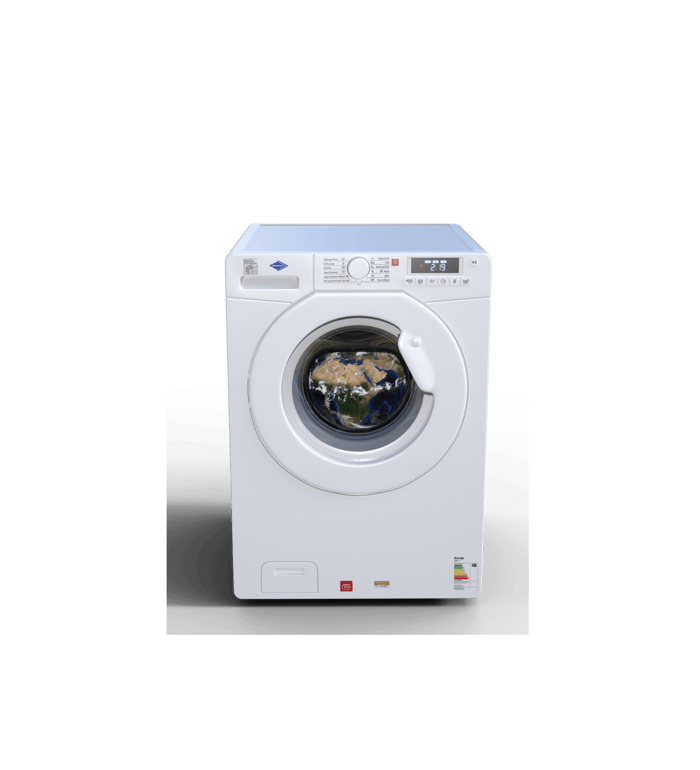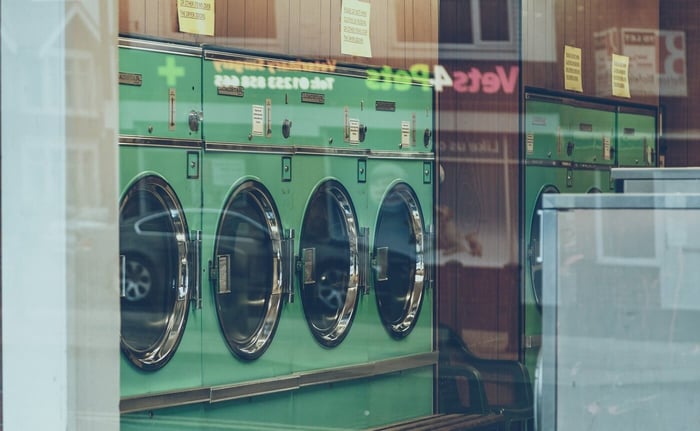Track all Laundry Operations via Established Metrics
It is truly important to benchmark and track all laundry operations via established metrics. All laundry operations are not alike… in product mix, finishing process, labor rates and utilities. But it is essential to establish metrics that can tell operators – on a daily basis – whether they are “on track” for profitability. At that point, operators can compare final outcome monthly and “reset” where necessary. Let’s not forget however, that successful production is based on more than just efficiency… product quality, complete fill rates, utility costs, labor costs, and maintenance costs. That said, “efficient” operators typically track a number of key areas. First, direct laundry production labor costs – typically the total dollars as a percentage of related revenue. It’s important however, that one first establish “standards & rates”. Every item in the operation has a typical production standard rate (speed) that can be tracked. If for instance, you are finishing uniform shirts on a “Triple Connie”, the typical rate might be 180 pcs per hour per operator. If therefore, you have 10,000 shirts per week in your flow, you have 55.5 hours of production at rate. And if your labor rate is $10.50 per hour, the cost of that production would be $582.75 that week. Rates for every textile are easily obtained in the industry; through textile and chemical suppliers, associations, and your network of peers. Establish “rates” for all items flowing through production, thereby establishing your weekly costs – based on exact hourly labor rates as well as the actual pcs running through the plant. That total dollar, backed into the related revenue is your productive labor percentage. This percentage can vary greatly, depending on the market you are in, your product mix, and your labor costs per hour. An eye on overtime should also be applied. As operations grow, they typically experience overtime – until there is enough volume to add another production operator. By monitoring overtime, an operator can keep a keen eye on that timing. By monitoring production output by associate, based on established and posted rates, an operator can also understand best practices within departments and find production associates who need coaching, motivation or otherwise. The second area to track is utilities – including gas, electricity and water consumption. The best published industry benchmark in this area is TRSA’s “Clean Green” program. While this is considered a model standard, most good operators in the industry should be able to make these benchmarks. While production tracking (including utilities) should be done on a daily basis, the very minimum comparison to goal should be weekly. There is no reason for a production manager to wait for the end of the month, to understand how good or bad that month’s outcome was. Most great production managers track their numbers and know where they stand daily. Another area of tracking is in laundry merchandise fill rates. Laundry production operators sometime struggle with having enough of a certain product in the system to fill the routes for the following day. Merchandise tracking is key in this area. Each days numbers should include:
- a) the number of units cancelled off invoices
- b) the number of units added to invoices
- c) and the number of units ragged out on the finish floor.
If you track these items and purchase new merchandise based on invoiced growth (allowing for rag outs); and after that, you are still short, you have merchandise control issues. Merchandise is going out and not coming back. While a discussion on this subject might be left for another day, it is vitally important for production managers to understand why they are short on merchandise; and the tracking formula above with assist in that. While many operators track their key production areas, some respond to the outcomes differently. Certain operators will use the numbers to push their crew harder, for faster production for job security. Others will use it to motivate (through pay) faster outcome. So, as a production manager, do you know all your standard rates by item? Do you know the expected cost of labor based on rate? Do you know the amount of energy and water you should be using based on weight? Do you track your overtime daily? Do you track your merchandise shortages daily? All these measurements will ultimately lead to “efficient production” of direct textiles.
About the Author
Haley Bridges, Marketing Assistant at Direct Textile Store
Haley Bridges has served as Marketing Assistant at Direct Textile Store, where she specializes in hospitality linens, uniforms, and bulk textile solutions. She works closely with hotels, restaurants, and healthcare facilities to match them with durable, high-quality products that balance both performance and value. Haley's expertise in textile sourcing and merchandising strategy helps businesses make confident purchasing decisions while staying ahead of industry trends.





